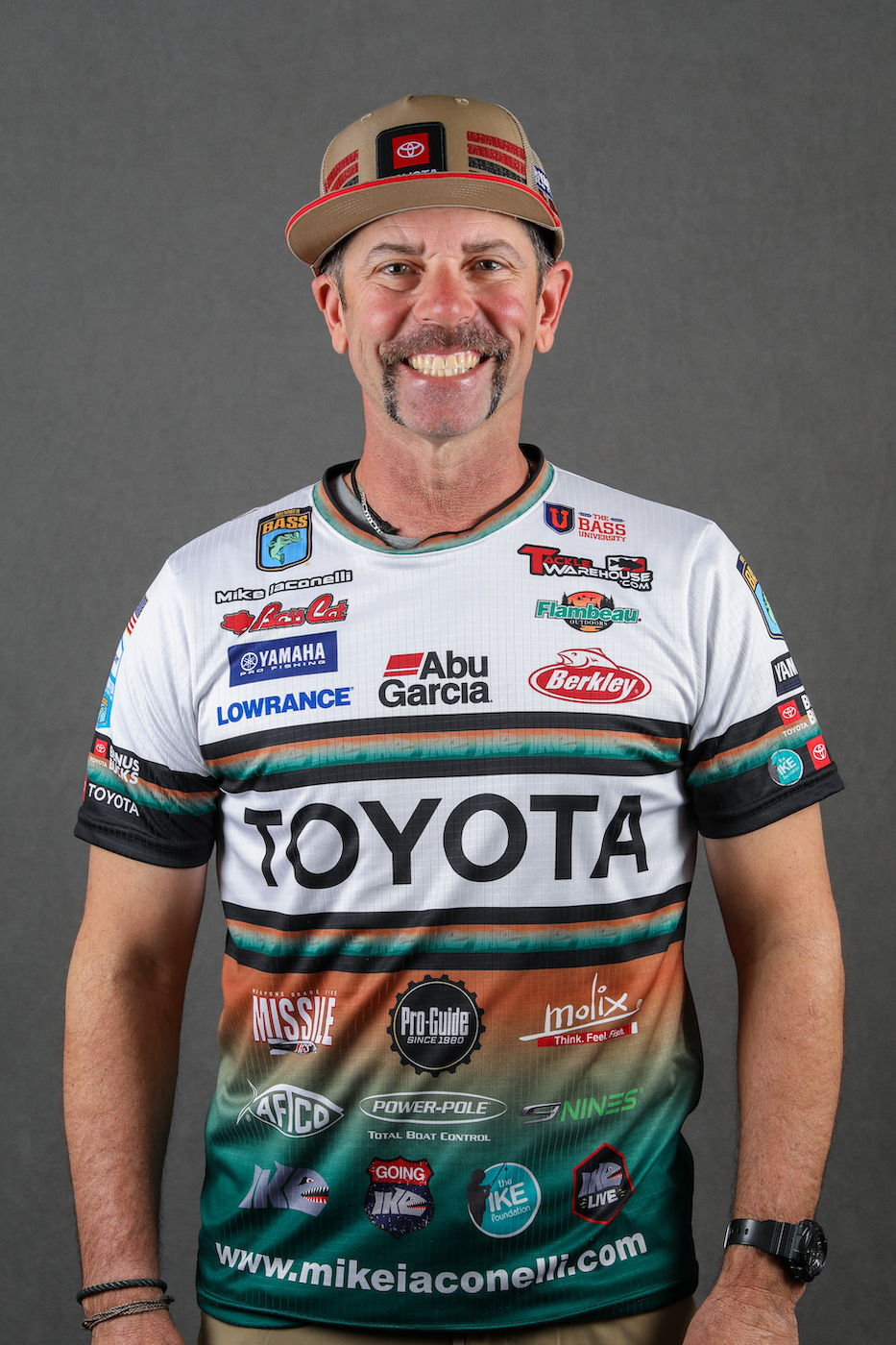OK, so I knew where I was going to fish — the island area — and I had my maps and other sources of information out for review. The next thing I had to do was find the right spots. I had a general idea of what I wanted. Most of the bigger fish were being caught on drops, rises and other bottom irregularities where there was a lot of rock.
After a day, or maybe a day and a half, of fishing that stuff I figured out that if I wanted to catch tournament winning bass I needed current and bait on the irregularity. And if I expected to catch them for three days I needed my irregularity to be a feeding spot. A holding spot or travel spot wasn’t going to get me the fish I knew I’d need.
The area I was fishing was covered with rises, drops and other bottom irregularities. There were hundreds of them, maybe thousands, and most of them had some current and bait. The only real way I could find the exact spots I wanted was to fish lots and lots of them. I did that. I fished daylight to dark for days.
Some spots were fished for 5 minutes, others for 15 or 20. But I never stopped moving until I found what I thought was a feeding station. Making a decision about whether or not a place is a feeding station is part science and part art. It’s something only experience can teach you.
The one critical factor is that a feeding station will get you a bite immediately. It’s not like you can see the fish on your Lowrance unit but can’t make them bite. If it’s a feeding station and the fish are there, they will bite quickly.
Some days I found two or three spots like that. On other days I found eight or 10. I’d say I had two or three dozen by the time I was done. On the last couple of days, I tried to fish those spots more carefully. I wanted to eliminate any that didn’t fit into my plans. I was able to do that.
When practice was over, I had about a dozen spots marked. All were characterized by rises or drops, rock, current, bait and each one was a feeding spot.
I found all of those spots by using Fishidy.com, paper maps and my Lowrance electronics. Fishidy let me put everything in one place. Paper maps gave me a good, overall reference for the area and my Lowrance electronics helped me find specific spots — and they helped me return to them.
While I was doing all this I also figured out that a few of those spots held giant smallies on top of them. Big smallmouth bass are loners. They want all the benefits of a good place to live and eat but they don’t necessarily want to be around other smallmouth bass. The giants consistently moved out and up.
Next time we’ll talk about how and why I culled several of my spots the night before the tournament started as well as what baits I used and why I used them.
Mike Iaconelli’s column appears weekly on Bassmaster.com. You can also find him on Facebook and Twitter or visit his website, MikeIaconelli.com.





